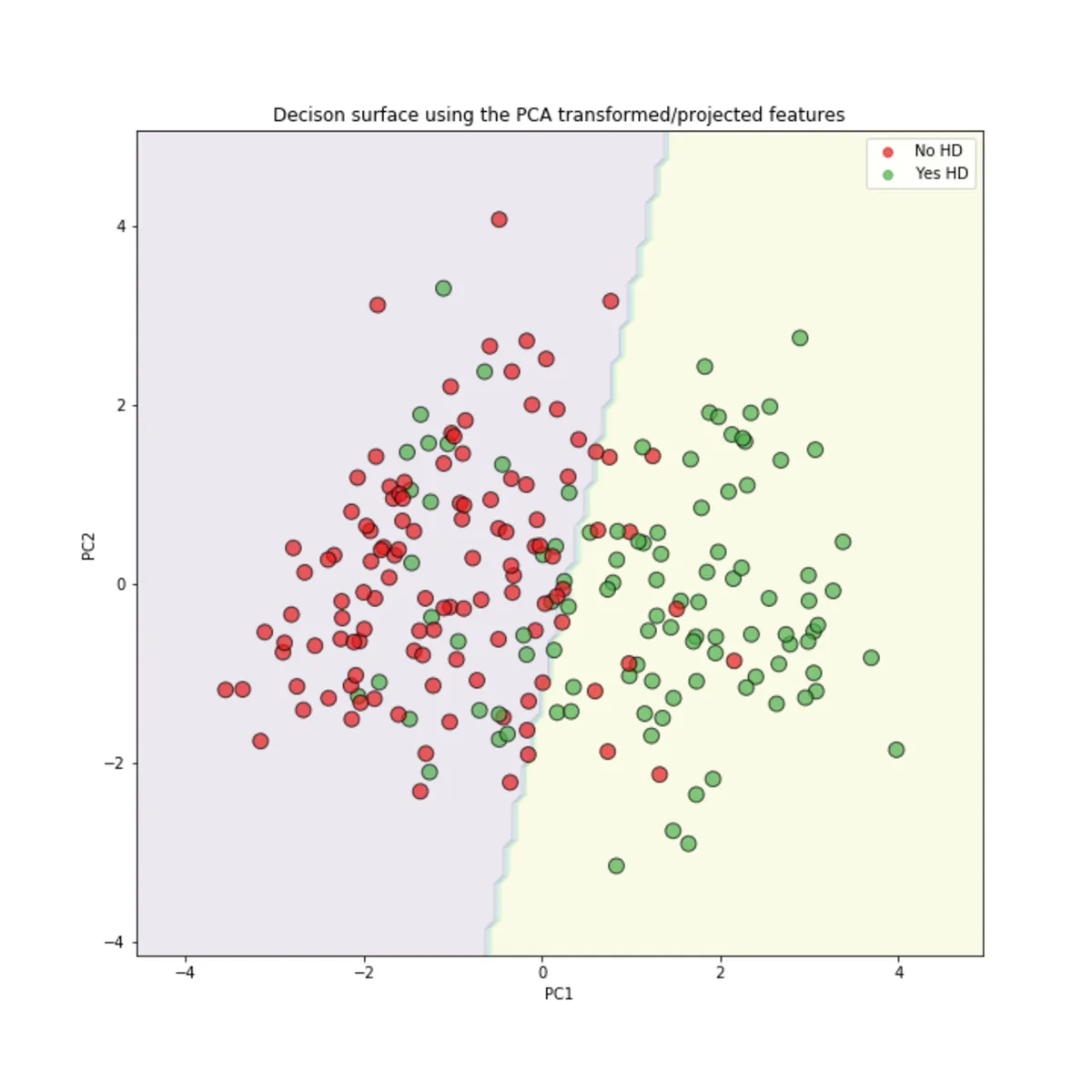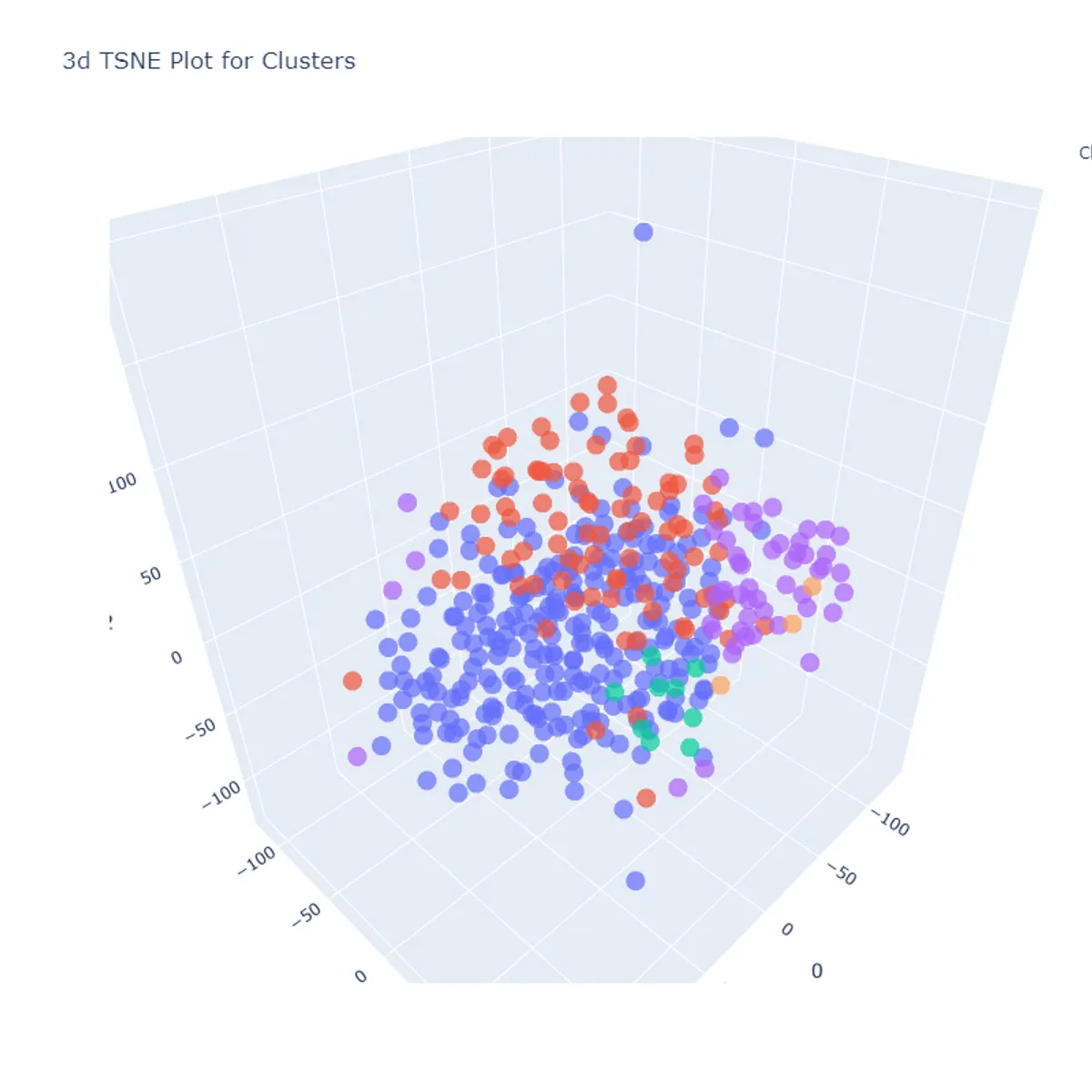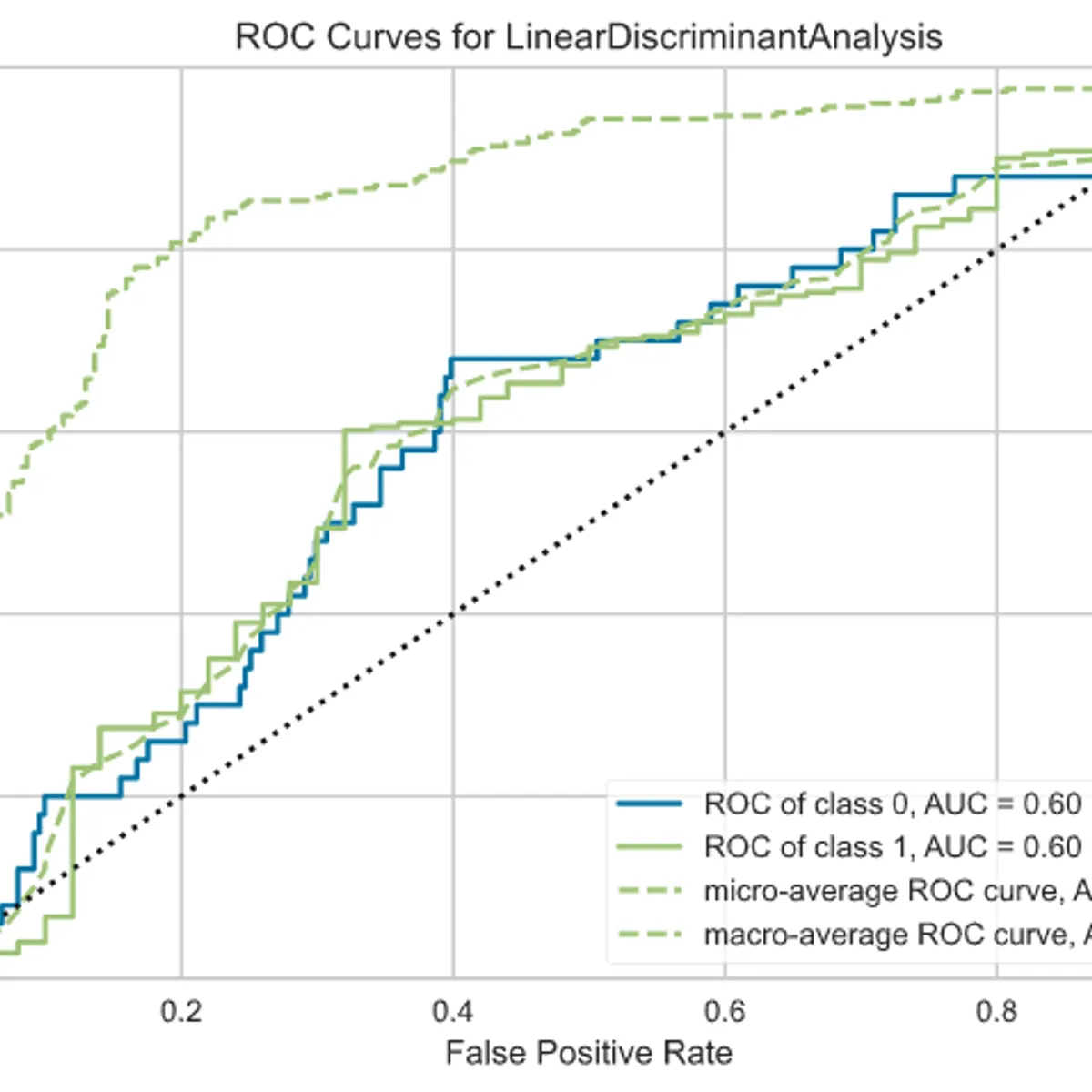
Support Vector Machines in Python From Start to Finish 
Learn how to build a Support Vector Machine for classification using scikit-learn and the Radial Basis Function (RBF) Kernel in this comprehensive course. Using real-world data from the UCI Machine Learning Repository, you will predict whether or not a patient has heart disease. This hands-on project on Coursera's Rhyme platform provides instant access to pre-configured cloud desktops with all the necessary software and data. Perfect for Python programmers familiar with Support Vector Machines, Radial Basis Function, Regularization, Cross Validation, and Confusion Matrices. Don't miss out on this opportunity to enhance your skills. ▼
ADVERTISEMENT
Course Feature
![]() Cost:
Cost:
Paid
![]() Provider:
Provider:
Coursera
![]() Certificate:
Certificate:
Paid Certification
![]() Language:
Language:
English
![]() Start Date:
Start Date:
10th Jul, 2023
Course Overview
❗The content presented here is sourced directly from Coursera platform. For comprehensive course details, including enrollment information, simply click on the 'Go to class' link on our website.
Updated in [September 19th, 2023]
What does this course tell?
(Please note that the following overview content is from the original platform)
In this lesson we will built this Support Vector Machine for classification using scikit-learn and the Radial Basis Function (RBF) Kernel. Our training data set contains continuous and categorical data from the UCI Machine Learning Repository to predict whether or not a patient has heart disease.This course runs on Coursera's hands-on project platform called Rhyme. On Rhyme, you do projects in a hands-on manner in your browser. You will get instant access to pre-configured cloud desktops containing all of the software and data you need for the project. Everything is already set up directly in your Internet browser so you can just focus on learning. For this project, you’ll get instant access to a cloud desktop with (e.g. Python, Jupyter, and Tensorflow) pre-installed. Prerequisites: In order to be successful in this project, you should be familiar with programming in Python and the concepts behind Support Vector Machines, the Radial Basis Function, Regularization, Cross Validation and Confusion Matrices. Notes: - You will be able to access the cloud desktop 5 times. However, you will be able to access instructions videos as many times as you want. - This course works best for learners who are based in the North America region. We’re currently working on providing the same experience in other regions.We consider the value of this course from multiple aspects, and finally summarize it for you from three aspects: personal skills, career development, and further study:
(Kindly be aware that our content is optimized by AI tools while also undergoing moderation carefully from our editorial staff.)
What skills and knowledge will you acquire during this course?
During this course, the learner will acquire the skills and knowledge necessary to build a Support Vector Machine (SVM) for classification using scikit-learn and the Radial Basis Function (RBF) Kernel. The course focuses on using a training dataset from the UCI Machine Learning Repository, which contains both continuous and categorical data, to predict whether or not a patient has heart disease.
The learner will gain hands-on experience with Coursera's project platform called Rhyme, where they will work on the project in a browser-based environment. They will have access to pre-configured cloud desktops that already have all the necessary software and data for the project. This allows the learner to focus solely on learning and applying the concepts without the hassle of setting up the environment.
To be successful in this project, the learner should already have a familiarity with programming in Python and a solid understanding of the concepts behind Support Vector Machines, the Radial Basis Function, Regularization, Cross Validation, and Confusion Matrices. These prerequisites will ensure that the learner can effectively follow along with the course material and apply the concepts to the given dataset.
It is important to note that the learner will have access to the cloud desktop five times, but they can access the instructional videos as many times as needed. Additionally, this course is designed to provide the best learning experience for learners based in the North America region, although efforts are being made to expand the availability to other regions.
How does this course contribute to professional growth?
This course on Support Vector Machines in Python contributes to professional growth by providing the learner with practical skills and knowledge in using scikit-learn and the Radial Basis Function (RBF) Kernel for classification tasks. By working on a hands-on project platform like Rhyme, the learner gains experience in building a Support Vector Machine model for predicting whether or not a patient has heart disease.
The course offers instant access to pre-configured cloud desktops with all the necessary software and data, eliminating the need for the learner to set up their own environment. This allows the learner to focus solely on learning and applying the concepts taught in the course.
To be successful in this project, the learner should already have a familiarity with programming in Python and the concepts behind Support Vector Machines, the Radial Basis Function, Regularization, Cross Validation, and Confusion Matrices. By building on this existing knowledge, the course helps the learner deepen their understanding and practical skills in these areas.
Overall, completing this course enhances the learner's proficiency in using Support Vector Machines and related concepts, which can be directly applied to real-world classification problems. This practical experience and knowledge contribute to the learner's professional growth by expanding their skill set and making them more valuable in the field of machine learning and data analysis.
Is this course suitable for preparing further education?
This course on Support Vector Machines in Python seems suitable for preparing further education. The course covers various concepts related to Support Vector Machines, such as the Radial Basis Function, Regularization, Cross Validation, and Confusion Matrices. It also requires prior knowledge of programming in Python.
The course is designed as a hands-on project on Coursera's Rhyme platform, where learners can access pre-configured cloud desktops with all the necessary software and data. This allows learners to focus on learning without the hassle of setting up their own environment.
However, it is worth noting that the course works best for learners based in the North America region, as mentioned in the course description. The course may not provide the same experience in other regions, although efforts are being made to expand the availability.
Course Provider

Provider Coursera's Stats at AZClass
Discussion and Reviews
0.0 (Based on 0 reviews)
Explore Similar Online Courses

Measuring and Improving Speech Accuracy

Naive Bayes 101: Resume Selection with Machine Learning

Python for Informatics: Exploring Information

Social Network Analysis

Introduction to Systematic Review and Meta-Analysis

The Analytics Edge

DCO042 - Python For Informatics

Causal Diagrams: Draw Your Assumptions Before Your Conclusions

Whole genome sequencing of bacterial genomes - tools and applications

Criminal Intelligence Analyst

Build a Clustering Model using PyCaret


Start your review of Support Vector Machines in Python From Start to Finish